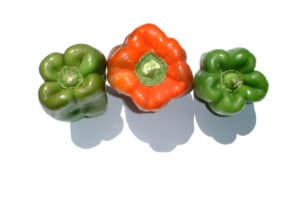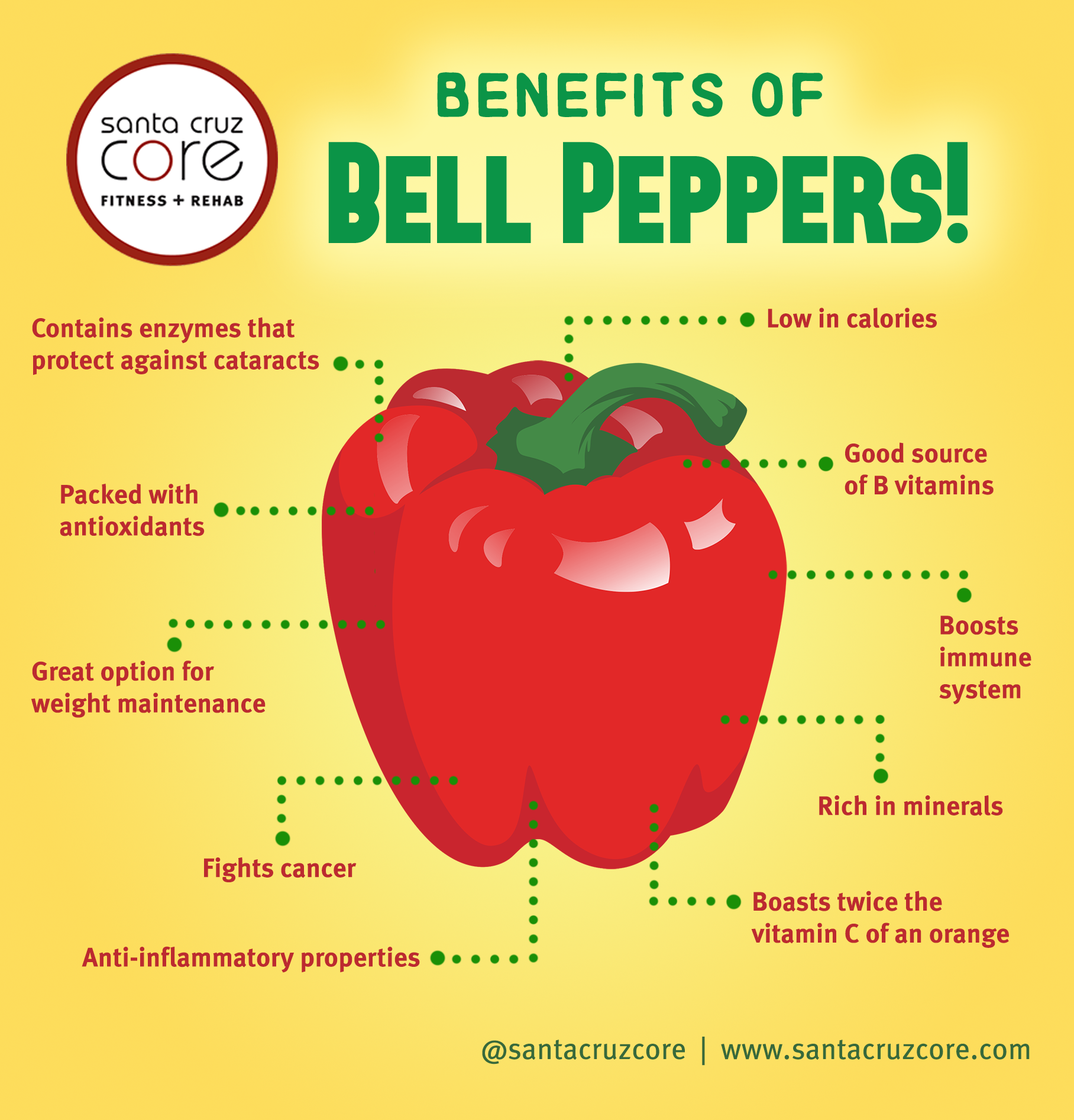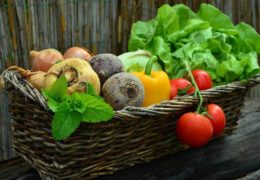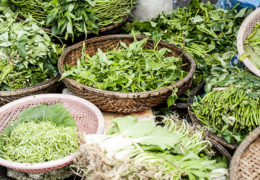
Historically, Bell Peppers were cultivated in Central and South America before Christopher Columbus brought them to Europe where they got their name. Despite sharing the name, they are not related to other sweet and hot pepper varieties we know and have no relation to the peppercorns we use for seasonings. Bell Peppers are part of the nightshade family along with potatoes, tomatoes, eggplant and more. Bell peppers come in a variety of colors, the most common being red, orange, yellow and green.
 Bell peppers are a fantastic source of many vitamins and nutrients. Peppers contain the phytochemical capsaicin (which gives peppers their bright colors) which is known to fight cancer cells, relieve congestion, reverse inflammation, boost metabolism, and protect the heart by maintaining healthy cholesterol levels.
Bell peppers are a fantastic source of many vitamins and nutrients. Peppers contain the phytochemical capsaicin (which gives peppers their bright colors) which is known to fight cancer cells, relieve congestion, reverse inflammation, boost metabolism, and protect the heart by maintaining healthy cholesterol levels.
Vitamin & Nutrients:
- Flavonoids: antioxidant, anti-inflammatory, cardiovascular support, boosts nervous system
- Vitamin C: boosts the immune system (making it a popular choice to treat the common cold), helps lower hypertension, promotes mood stabilization, and helps prevent heart disease
- Vitamin B6: Boosts metabolism, lessens premenstrual symptoms, maintains hormone levels, supports healthy skin conditions.
- Vitamin A: Builds body’s immunity, keeps skin and eyes moist, supports overall eye and vision health, strengthens bones and teeth, promotes soft, healthy skin.
In order to maintain the delicate nutrients in bell peppers, they are best consumed raw. Use them to add color and crunch to salads, as tasty vehicles for your favorite dip or as an addition to a sandwich.
KEEP READING >> Hungry for more? Check out the last Veggie Of the Month!
Here are just THREE of favorite recipes for cooking bell peppers from around the web:
• Spinach Pasta with Roasted Broccoli and Bell Pepper
• Moroccan Quinoa Stuffed Red Peppers
• Raw Kale Salad Stuffed Peppers
Sources
• http://garden.org/foodguide/browse/veggie/eggplant_getting_started/506
• http://servingjoy.com/fun-facts-of-bell-peppers/
• http://healthyeating.sfgate.com/red-bell-peppers-body-4827.html
• http://www.whfoods.com/genpage.php?dbid=50&tname=foodspice










Leave a Reply